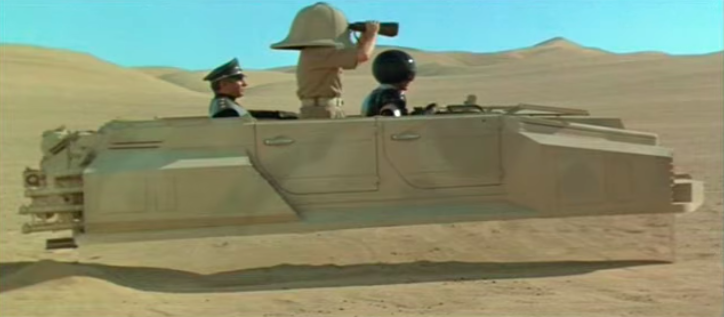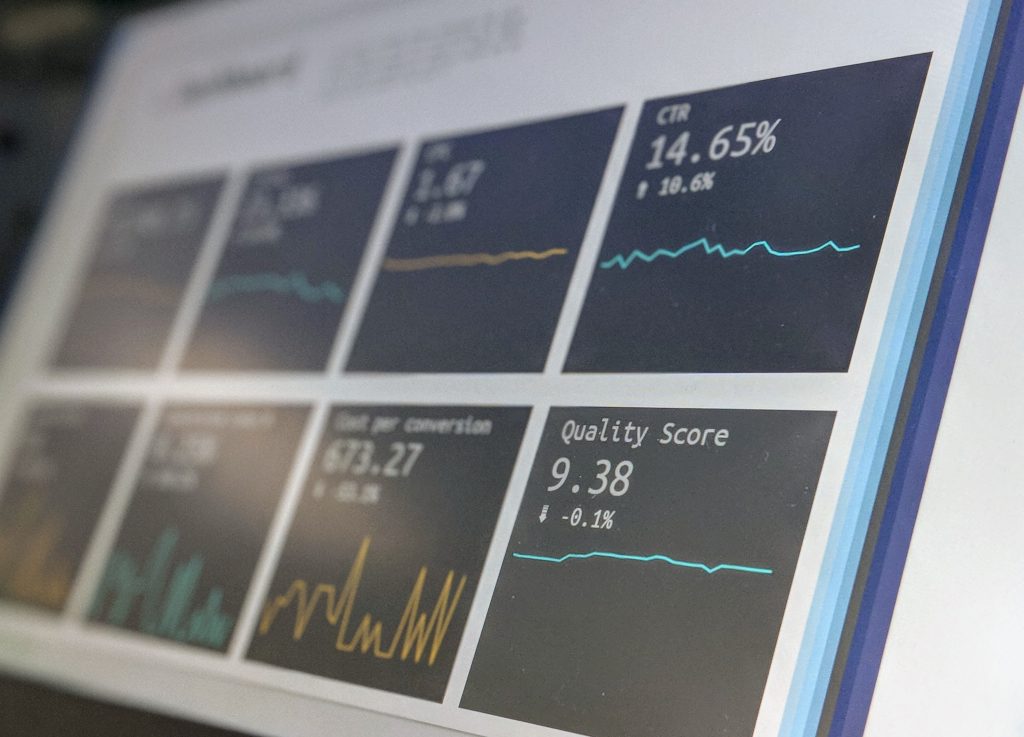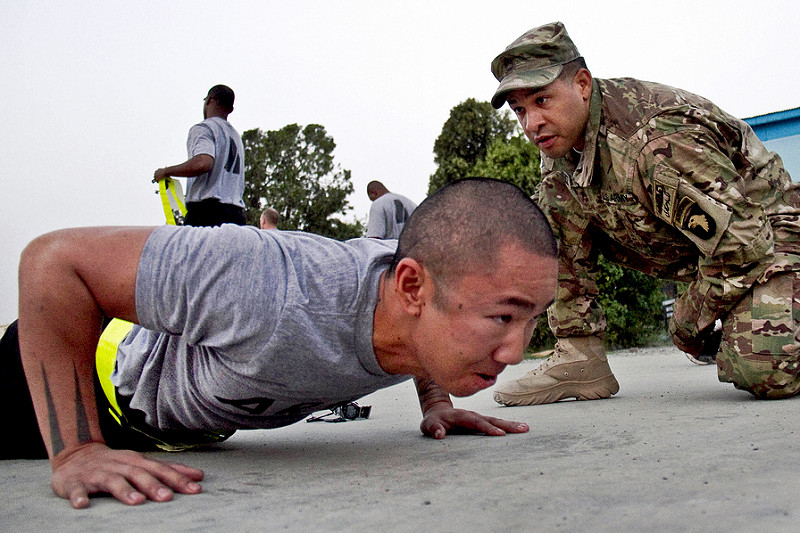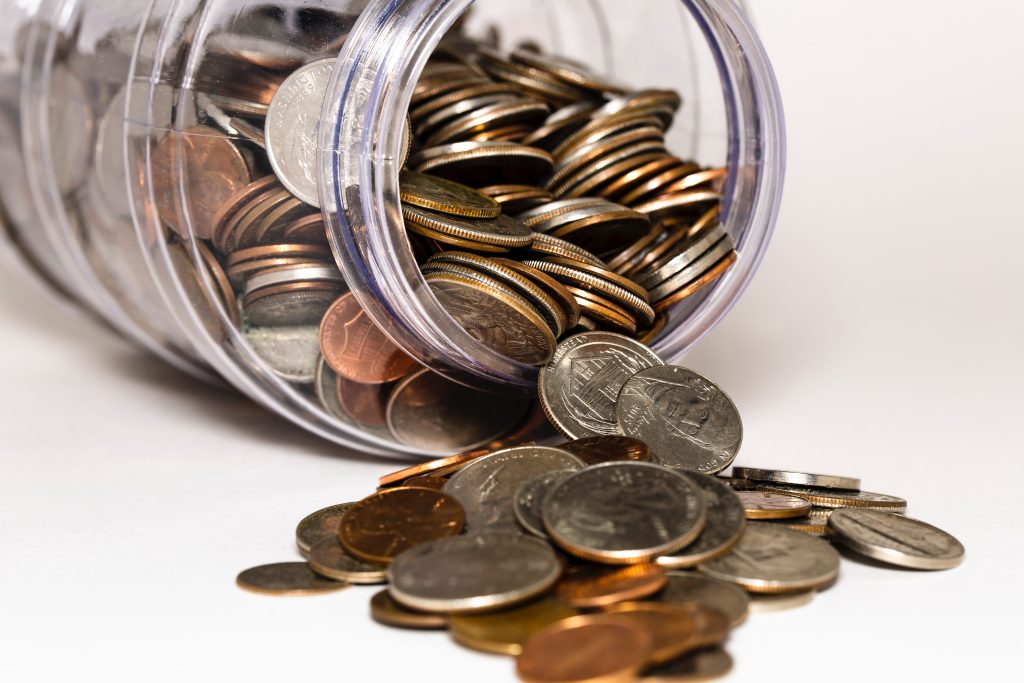This is the second in a semi-occasional series of Spaceballs-inspired blog posts.
Lord Dark Helmet: What the hell am I looking at? When does this happen in the movie?
Col. Sandurz: Now. You’re looking at now, sir. Everything that happens now is happening now.
Lord Dark Helmet: What happened to then?
Col. Sandurz: We passed it.
Lord Dark Helmet: When?
Col. Sandurz: Just now. We’re in now now.
Lord Dark Helmet: Go back to then!
Col. Sandurz: When?
Lord Dark Helmet: Now!
Col. Sandurz: Now?
Lord Dark Helmet: Now!
Col. Sandurz: I can’t!
Lord Dark Helmet: Why?
Col. Sandurz: We missed it!
Lord Dark Helmet: When?
Col. Sandurz: Just now!
Lord Dark Helmet: When will then be now?
Col. Sandurz: Soon.
When you’re building something new, it’s hard to be patient. You’ve got a great idea, and you’ve got some momentum, and it feels like you’ve got all the potential in the world. You want to fast forward to the ending — when the work is done, and everyone gets to see your genius idea become something real.
But when it comes to the work, there is no fast-forward button. There are no shortcuts. The work still needs to be done. Networks still need to be built. The team needs to be assembled. Hours need to be put in.
The future you want needs to be made, piece by piece, and day by day. I promise: Then will be now — and sooner then you think. But you’re in now, now. It’s time to start putting in the work.
———
That photo and quote at top comes from Mel Brooks’s classic spoof, Spaceballs.








